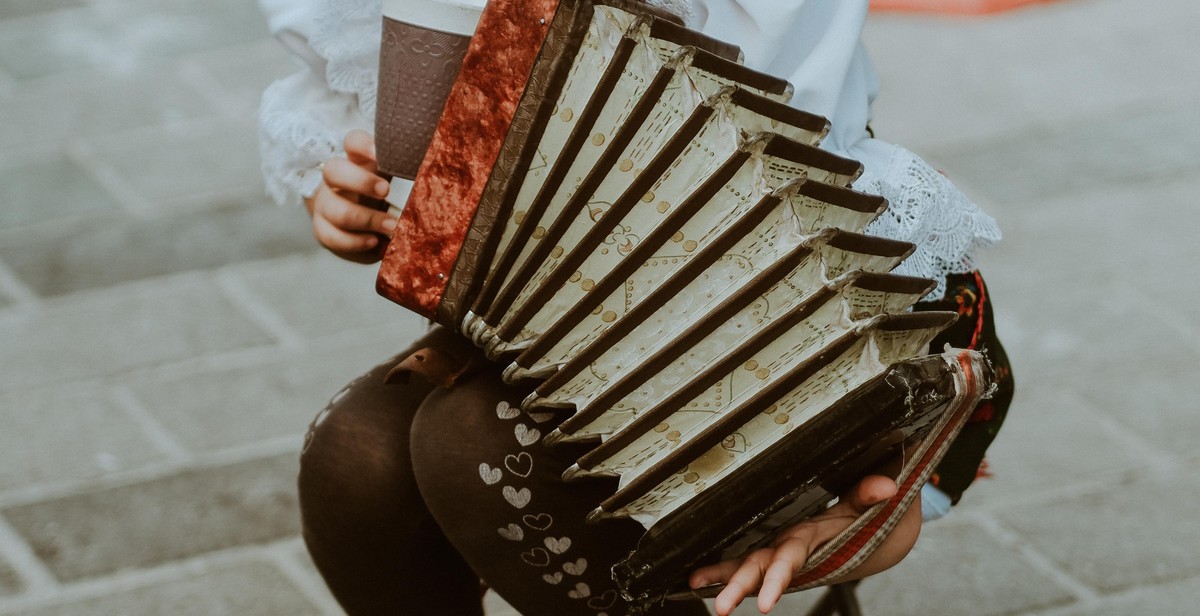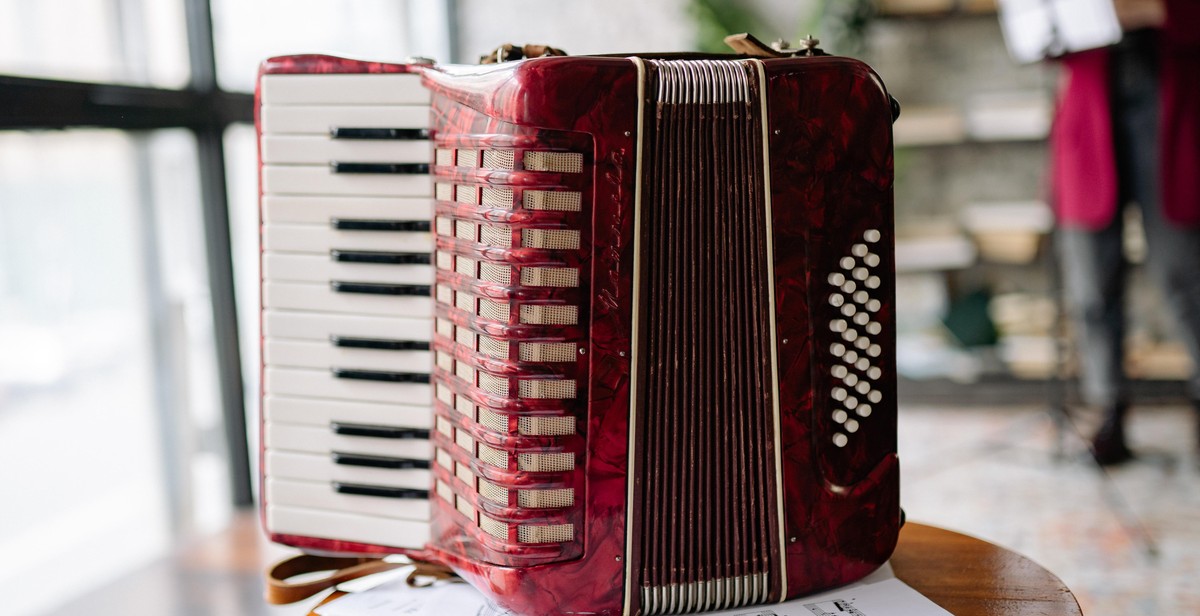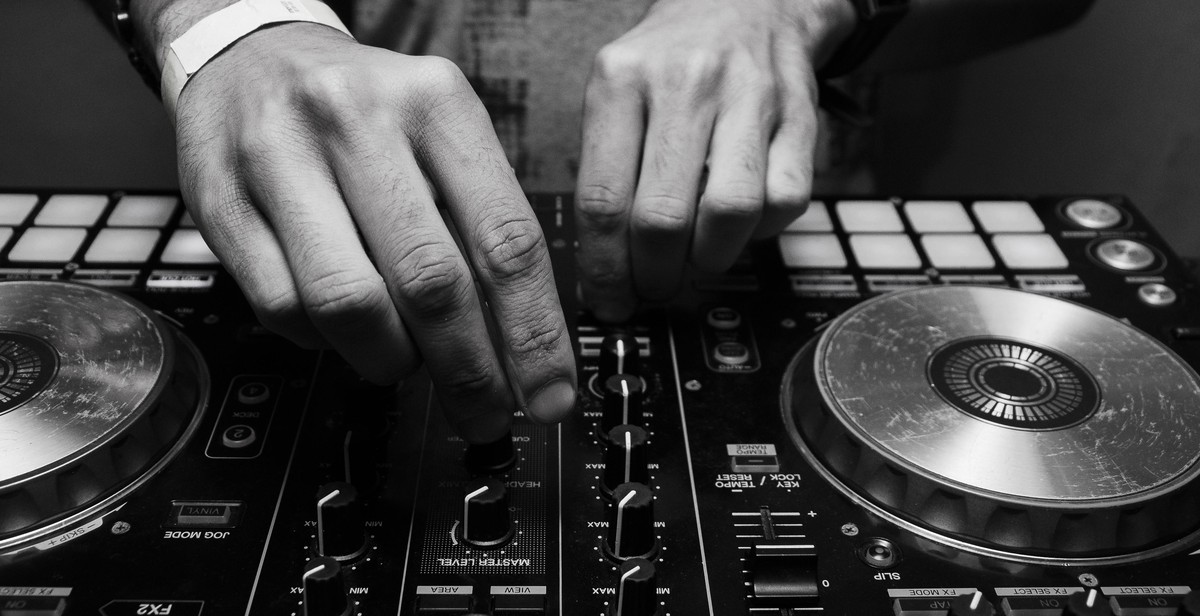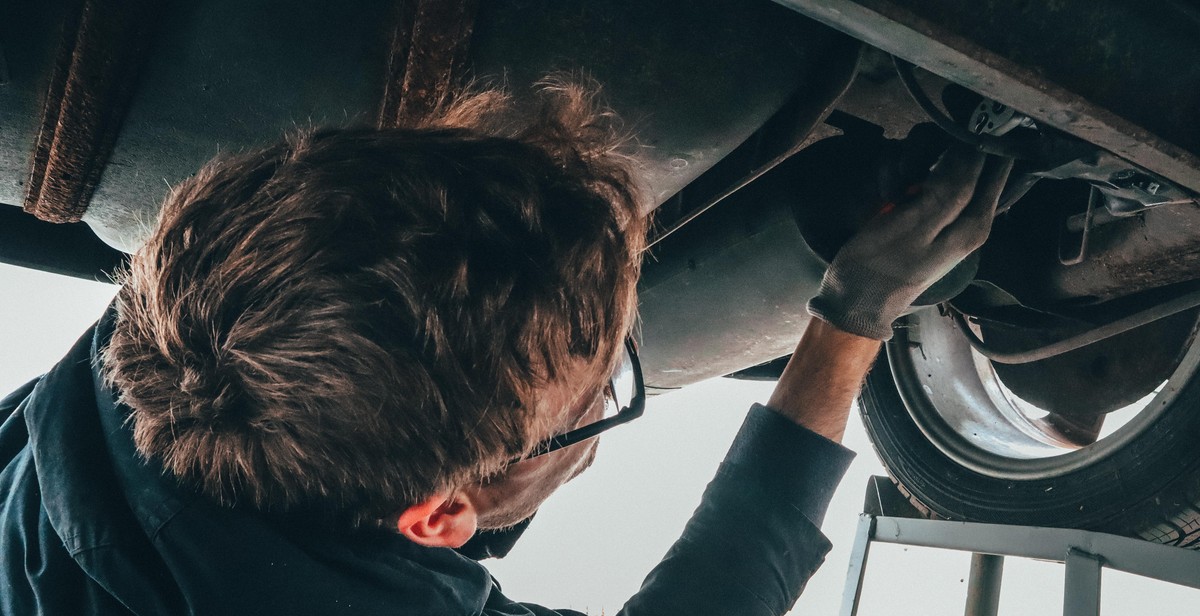How to Play the Accordion: Beginner’s Guide to Button Layout and Bellows Techniques
Accordion is a musical instrument that produces sound by squeezing and expanding its bellows while pressing its buttons or keys. It is a versatile instrument that can play a wide range of musical genres, from folk and traditional to classical and modern. The accordion is a favorite among many musicians due to its unique sound and portability.
What is an Accordion?
An accordion consists of two main parts, the bellows, and the keyboard. The bellows are the part of the instrument that is squeezed and expanded to create the sound. The keyboard consists of buttons or keys that are pressed to produce different notes and chords. The accordion also has reeds inside that vibrate when air passes over them, creating the sound.
Why Learn to Play the Accordion?
Learning to play the accordion is a fun and rewarding experience. It is a great way to express your creativity and connect with other musicians. Playing the accordion can also provide many health benefits, such as improving hand-eye coordination and reducing stress. Additionally, the accordion is a unique and interesting instrument that can set you apart from other musicians and make you stand out in a crowd.
Whether you are a beginner or an experienced musician, this beginner’s guide to button layout and bellows techniques will help you learn how to play the accordion and become a skilled player.

Button Layout
The accordion is a musical instrument that is played by compressing and expanding the bellows while pressing the buttons on the right and left-hand sides. Each button produces a different note, and the layout of these buttons is essential to playing the accordion correctly.
The Right Hand Button Layout
The right-hand side of the accordion is where the melody is played. The buttons are arranged in rows and columns, with each row producing a different pitch, and each column producing a different note. The first row, closest to the bellows, produces the highest notes, while the last row produces the lowest notes. The buttons are also numbered, with odd numbers on the outside row and even numbers on the inside row. This layout makes it easy to play scales and arpeggios on the right-hand side of the accordion.
Right Hand Button Layout Chart
| Column 1 | Column 2 | Column 3 | Column 4 | Column 5 |
|---|---|---|---|---|
| 1 | 3 | 5 | 7 | 9 |
| 2 | 4 | 6 | 8 | 10 |
The Left Hand Button Layout
The left-hand side of the accordion is where the bass and chords are played. The buttons are arranged in rows and columns, with each row producing a different chord, and each column producing a different bass note. The layout of the left-hand side is similar to that of the right-hand side, with the first row producing the highest notes and the last row producing the lowest notes. The buttons on the left-hand side are also numbered, with odd numbers on the outside row and even numbers on the inside row.
Left Hand Button Layout Chart
| Column 1 | Column 2 | Column 3 | Column 4 | Column 5 | Column 6 | Column 7 | Column 8 | Column 9 |
|---|---|---|---|---|---|---|---|---|
| 1 | 3 | 5 | 7 | 9 | 11 | 13 | 15 | 17 |
| 2 | 4 | 6 | 8 | 10 | 12 | 14 | 16 | 18 |
The button layout on the accordion may seem daunting at first, but with practice, you will become familiar with it and be able to play a variety of songs and melodies. Remember, the key to playing the accordion is to have fun and enjoy the music you are creating.

Bellows Techniques
The accordion is a unique instrument that produces sound through the movement of air. The bellows, located in the center of the accordion, are responsible for this movement. Mastering bellows techniques is essential for playing the accordion correctly and producing the desired sound. In this section, we will look at the basic and advanced bellows techniques you need to know as a beginner.
Basic Bellows Techniques
The following are the basic bellows techniques you need to know as a beginner:
- Opening and Closing: The most fundamental technique in accordion playing is opening and closing the bellows. This involves squeezing and expanding the bellows to create sound.
- Changing Volume: You can change the volume of the sound produced by the accordion by adjusting the speed and force with which you open and close the bellows. Gentle movements produce soft sounds, while more forceful movements produce louder sounds.
- Directional Control: The bellows can also be used to control the direction of the sound produced by the accordion. Pushing the bellows away from you produces a different sound than pulling them towards you.
Advanced Bellows Techniques
Once you have mastered the basic bellows techniques, you can move on to more advanced techniques. These techniques can help you create more complex and nuanced sounds:
| Technique | Description |
|---|---|
| Fluttering | This technique involves rapidly opening and closing the bellows to create a tremolo effect. |
| Bellows Shake | This technique involves shaking the bellows while holding a note to create a vibrato effect. |
| Staccato | This technique involves making short, sharp movements with the bellows to create a staccato effect. |
Mastering these advanced techniques takes time and practice, but they can add depth and complexity to your accordion playing.

Playing the Accordion
Playing the accordion is a unique and rewarding experience. It requires coordination between the left and right hands as well as proper use of the bellows to create sound. Here are some basic playing techniques:
Button Layout
The accordion has buttons on both sides that correspond to different notes. The right-hand side typically has a treble or melody section with buttons arranged in a diagonal pattern. The left-hand side has a bass section with buttons arranged in rows. The bass section also has chords that can be played along with the melody section.
It’s important to familiarize yourself with the button layout and practice playing scales and simple melodies to build muscle memory and finger dexterity.
Bellows Techniques
The bellows are the heart of the accordion and are used to create sound. Proper bellows technique involves using both hands to control the airflow and create a steady rhythm. When opening the bellows, the right-hand side plays the melody while the left-hand side plays the bass or chords. When closing the bellows, the roles reverse.
It’s important to practice bellows control to create a smooth and consistent sound. This can be done by playing simple exercises and gradually increasing the speed and complexity.
Playing Different Types of Music
The accordion is a versatile instrument that can be used to play a variety of musical genres, including folk, polka, tango, and even rock and roll. To play different types of music, it’s important to learn the appropriate rhythms and techniques.
For example, playing folk music often involves using a staccato or choppy rhythm, while playing tango music requires a smooth and flowing rhythm. It’s important to listen to recordings of different types of music and practice playing along to develop the appropriate style.
Overall, playing the accordion requires practice and dedication, but with patience and perseverance, anyone can learn to play this unique and rewarding instrument.

Choosing an Accordion
When it comes to choosing an accordion, there are a few considerations to keep in mind to ensure that you get the right instrument for your needs.
Considerations When Choosing an Accordion
Here are some important factors to consider when choosing an accordion:
- Size: Accordions come in different sizes, from small ones that are easy to carry around to larger ones that are more difficult to transport. Consider where you will be playing the accordion and how important portability is to you.
- Number of buttons: The number of buttons on an accordion can vary widely, from as few as 8 to as many as 120. Beginners may want to start with a smaller number of buttons and work their way up as they become more proficient.
- Number of bass buttons: Like the number of buttons on the treble side, the number of bass buttons on an accordion can vary widely. Generally, the more bass buttons an accordion has, the more versatile it is.
- Weight: Accordions can be heavy, especially larger ones. Consider how much weight you can comfortably carry and play for extended periods of time.
- Style: Accordions come in different styles, including piano, button, and chromatic. Each style has its own unique sound and playing style, so choose the one that best suits your musical preferences.
- Brand: Finally, consider the brand of the accordion. Some brands are known for producing high-quality instruments, while others may be more affordable but lower in quality.
Types of Accordions
There are several types of accordions to choose from, including:
| Type of Accordion | Description |
|---|---|
| Piano Accordion | The most common type of accordion, with a piano-like keyboard on the right-hand side and bass buttons on the left-hand side. |
| Button Accordion | Also known as a diatonic accordion, this type of accordion has buttons instead of a keyboard on the right-hand side. It is often used in traditional folk music. |
| Chromatic Accordion | Similar to a piano accordion, but with buttons on both sides that allow for more complex chromatic playing. |
| Bass Accordion | A type of accordion that is designed primarily for playing bass notes and chords. |
Consider your musical preferences and needs when choosing the type of accordion that is right for you.

Maintenance and Care
Proper maintenance of your accordion is crucial for ensuring its longevity and optimal performance. Here are some tips on how to take care of your accordion:
Cleaning Your Accordion
Regularly cleaning your accordion will prevent dust and dirt buildup, which can damage the instrument’s reeds and bellows. Use a soft, dry cloth to wipe down the exterior of the accordion and a small brush to clean the crevices and edges. Avoid using water or any cleaning products, as they can cause damage to the instrument.
Storing Your Accordion
When not in use, store your accordion in a dry, cool place. Avoid storing it in direct sunlight or near a heat source, as this can cause the wood to warp and the reeds to expand or contract.
Tuning Your Accordion
Accordion tuning is a delicate process that should only be done by a professional. Regular tuning will ensure that your accordion produces the correct notes and sounds harmonious.
Common Accordion Problems and How to Fix Them
Here are some common accordion problems and their solutions:
| Problem | Solution |
|---|---|
| Sticky keys or buttons | Apply a small amount of lubricant to the affected areas or take it to a professional for repair. |
| Out of tune | Take it to a professional for tuning. |
| Bellows leaks | Apply bellows tape to the affected areas or take it to a professional for repair. |
By following these maintenance and care tips, you can ensure that your accordion stays in top condition and provides you with years of musical enjoyment.
